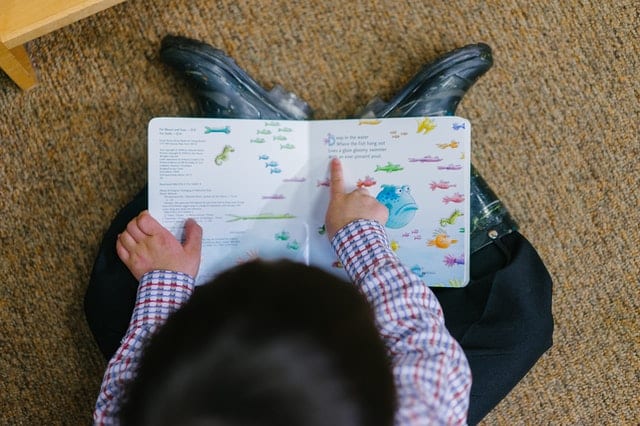Syllables. What are they and why are they so important? Why should we teach them to our children?
dictionary.com defines a syllable as:
an uninterrupted segment of speech consisting of a vowel sound, a diphthong, or a syllabic consonant, with or without preceding or following consonant sounds
You might remember learning about them in early elementary school, when your teacher had your class clapping in unison, while pronouncing words in segments. You learned that “dog,” “cat,” “boy,” “girl,” and “ball” were all one syllable. Words like “baseball,” “sanwhich,” and “happy” are two syllables. “Butterscotch,” ” lemonaide,” and “accident” are three syllables. Marry Poppins taught us the nonsene word “Supercalifragilisticexpialidocious,” which is how many syllables?
14! Did you have to clap that one out? Me too.

So now that we have been down memory lane…why are we talking about syllables? This month our Tuesday’s Talks, Tips, & Tricks video series is doing a 4-part segment on phonological awareness. Part One is all about syllables. After teaching children individual sounds for reading, the next step is often teaching syllables. A strong understanding of syllables helps children learn to read and decode faster and more fluently. Understanding syllables also helps develop correct pronunciation of words and helps us understand where to put emphasis on words. Understanding how syllables work to build words can also help develop more independent spelling skills as children can better sound out and break words into more manageable chunks.
There is a lot of research out there about the importance of syllables. But lets just get to the fun part…TEACHING! See below for some activities and videos with demonstrations of activities you can use to help strengthen your child’s phonological awareness skills!
Help your child learn about syllables and how to count them with some of these fun activities!
- Musical activities – Practice counting syllables by clapping, tapping, stomping, or humming
- Robot talk – Practice talking like a robot to emphasize how all words can be broken into smaller parts
- Play-doh smash mat – Practice smashing balls of play-doh, one for each syllable in the word
- Hopscotch – Set up hopscotch and practice hopping one time for each syllables
- If your child is able to count, practice searching and sorting pictures from coloring pages/books or household objects based on how many syllables they have – 1, 2, 3, or more
